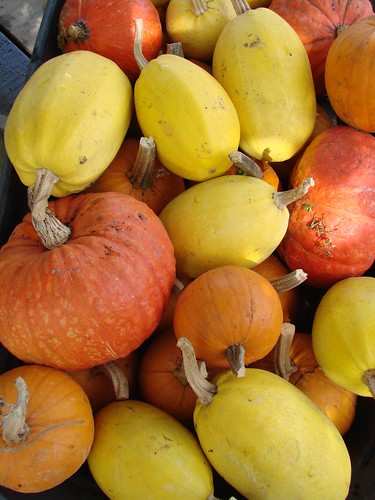- Thread starter
- #4,961
digitS'
Garden Master
haha! oops! nope, you need fats (whole milk, cheeses, yogurts, breads with butter) to help cool that off quicker, but it will eventually fade out.
While visiting Hong Kong, I was once served something which came with what looked like a tiny green tomato on top... which I promptly popped into my mouth
either to prevent you from eating it accidentally, or as a dare

American Scientists Win Nobel Prize in Medicine for Research on Human Sensory Receptors
Capsaicin, the active component in chili peppers, played a role in the discovery

